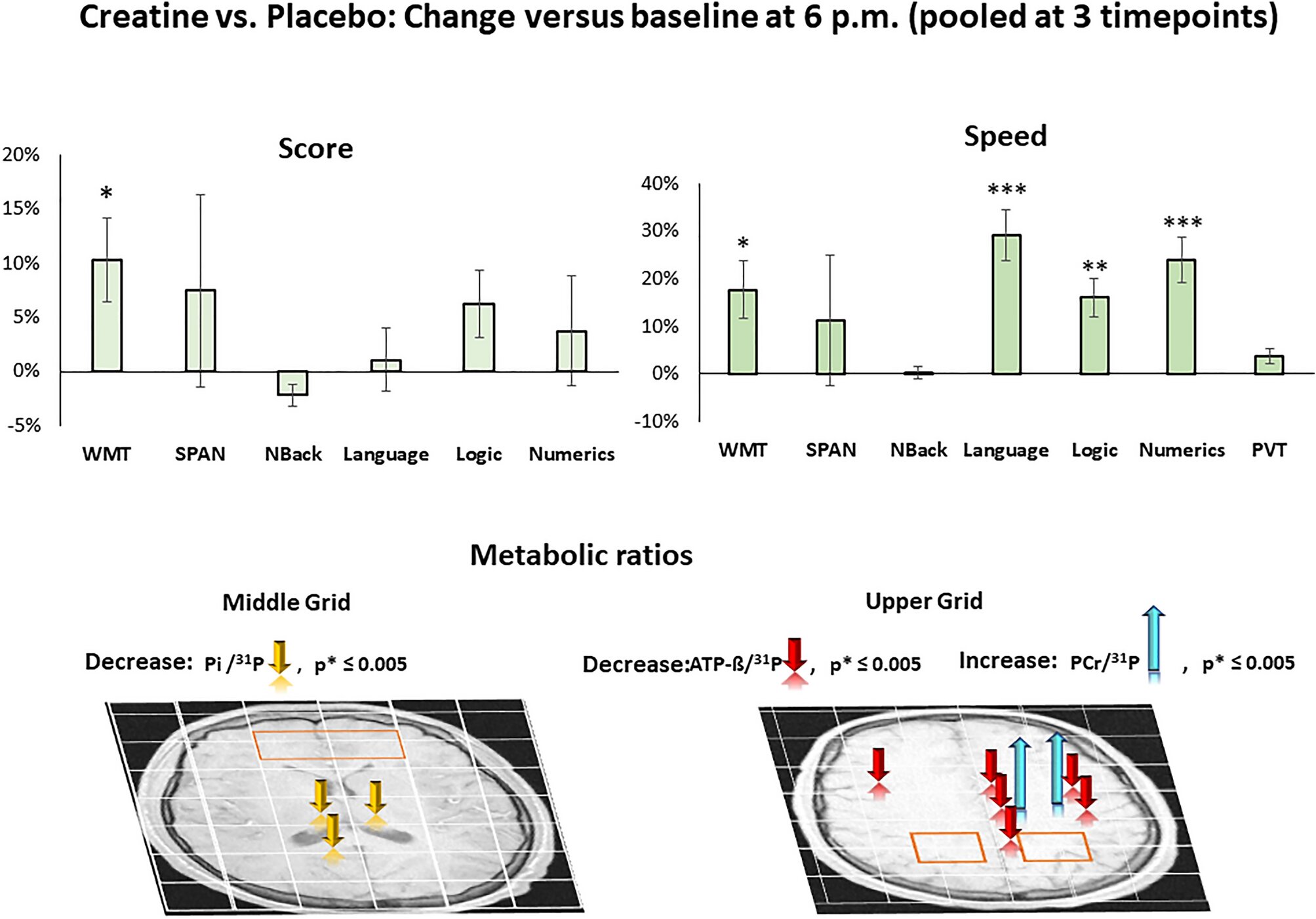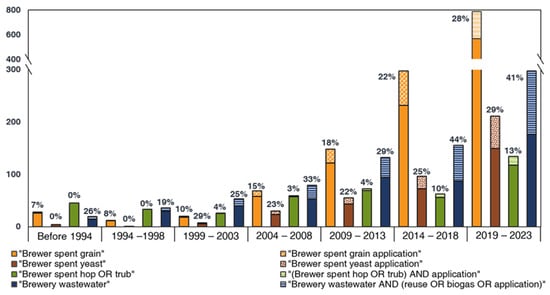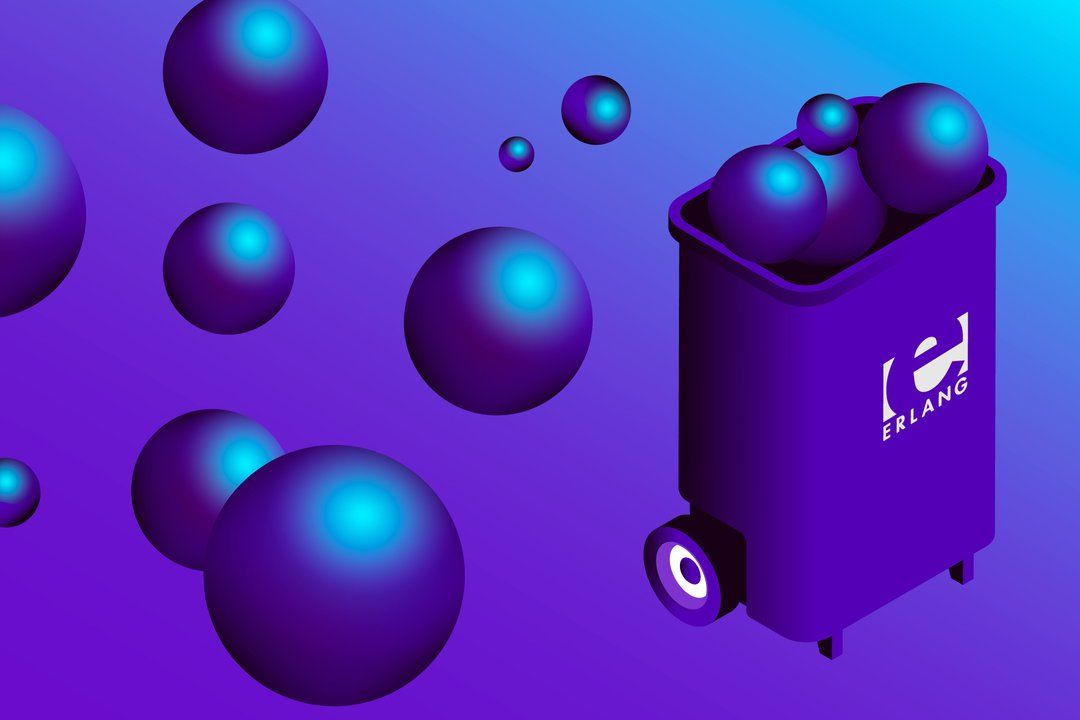
Garbage Collection in Erlang Helps Create Scalable Applications
Erlang is a functional programming language with dynamic typing. Its primary feature is working at a separate-process level. Personal computer CPUs have almost plateaued in terms of frequency and now develop mostly through increasing the number of cores.
Apps written in Erlang allow you to fully utilize the advantages of multi-threaded CPUs and handle a large number of concurrent activities.
Use cases for Erlang include, for example, developing backend for fault-resistant web applications, messaging apps, task managers and server monitoring systems. One of Erlang’s biggest perks is its mechanism for garbage collection.
The cornerstone of the current implementation of code architecture is the scheduler, launching on each CPU core with its own process queue. Each process is allocated a certain limit of function calls that it has to do its work in, and after it runs out, the next process in the queue launches.
In Erlang virtual machine, the process is a completely isolated entity that has its own memory for a stack (process instructions) and a heap (data needed for the process). The process consists of two parts:


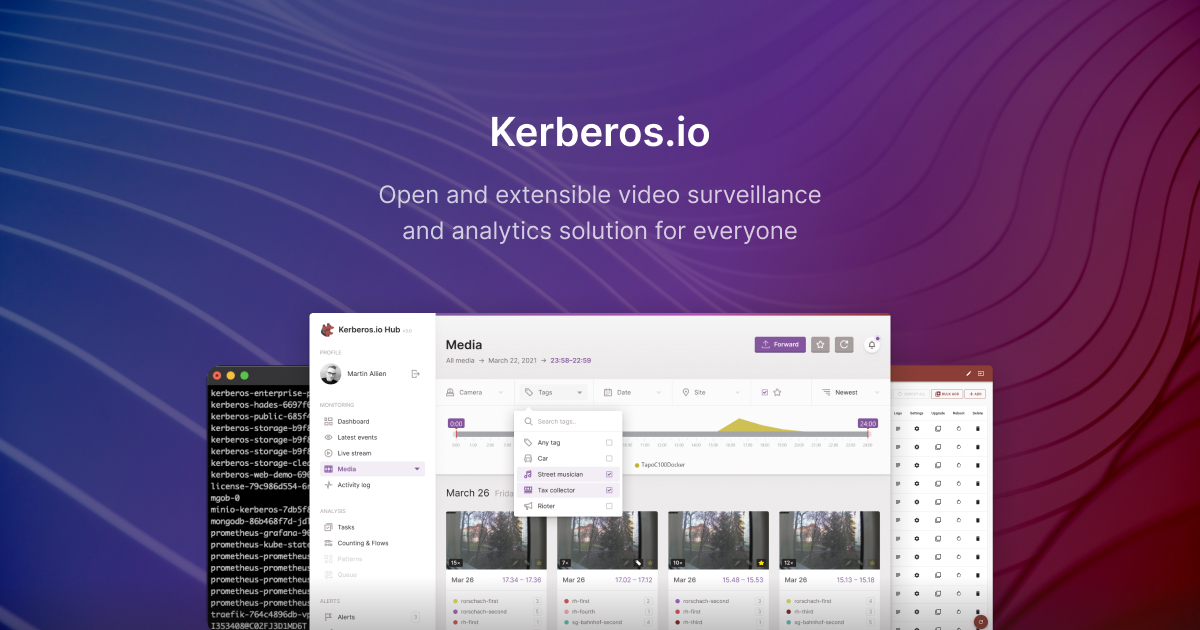


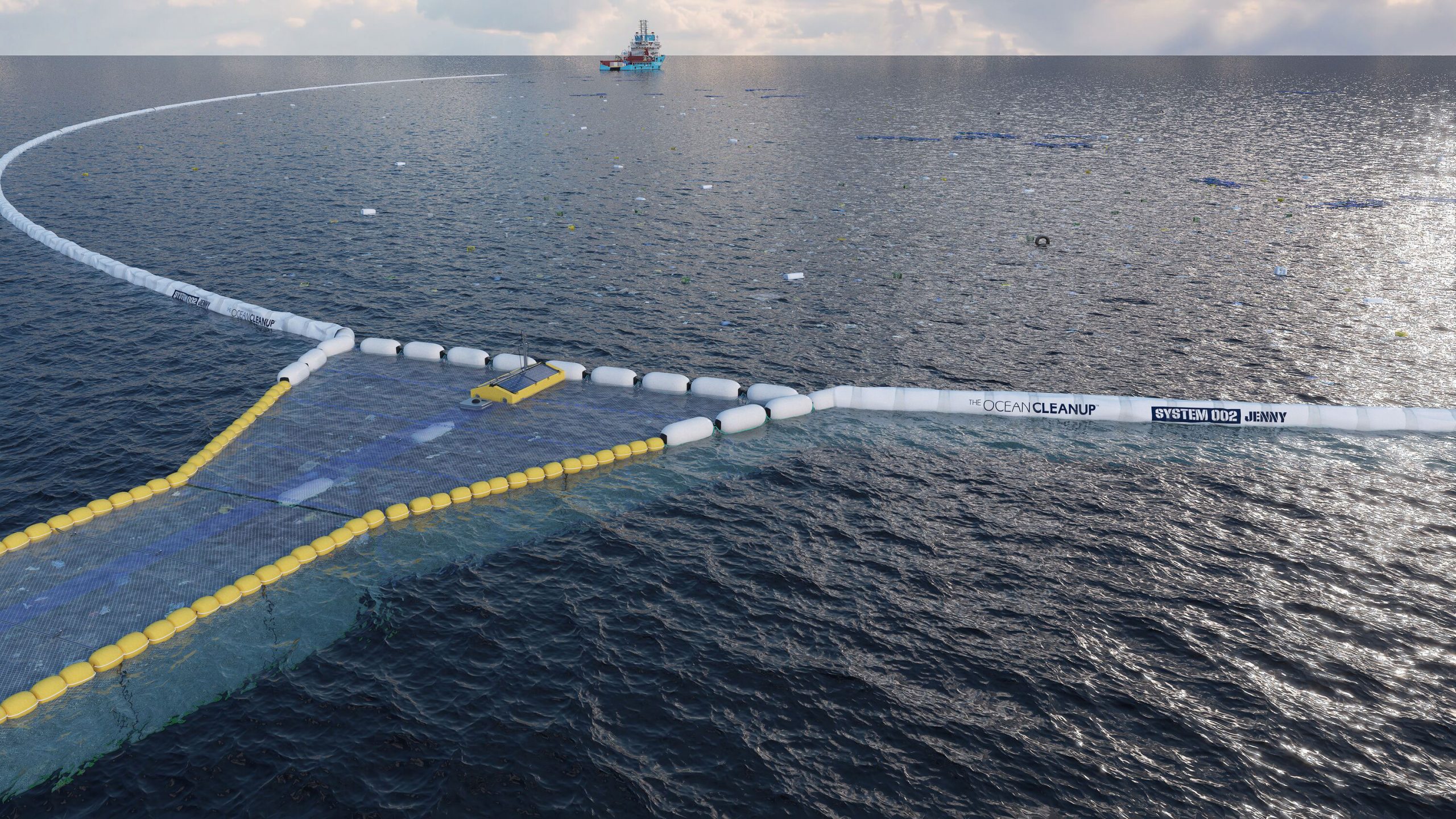
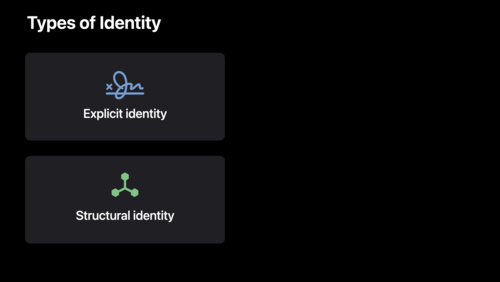



/cdn.vox-cdn.com/uploads/chorus_asset/file/24801728/Screenshot_2023_07_21_at_1.45.12_PM.jpeg)



